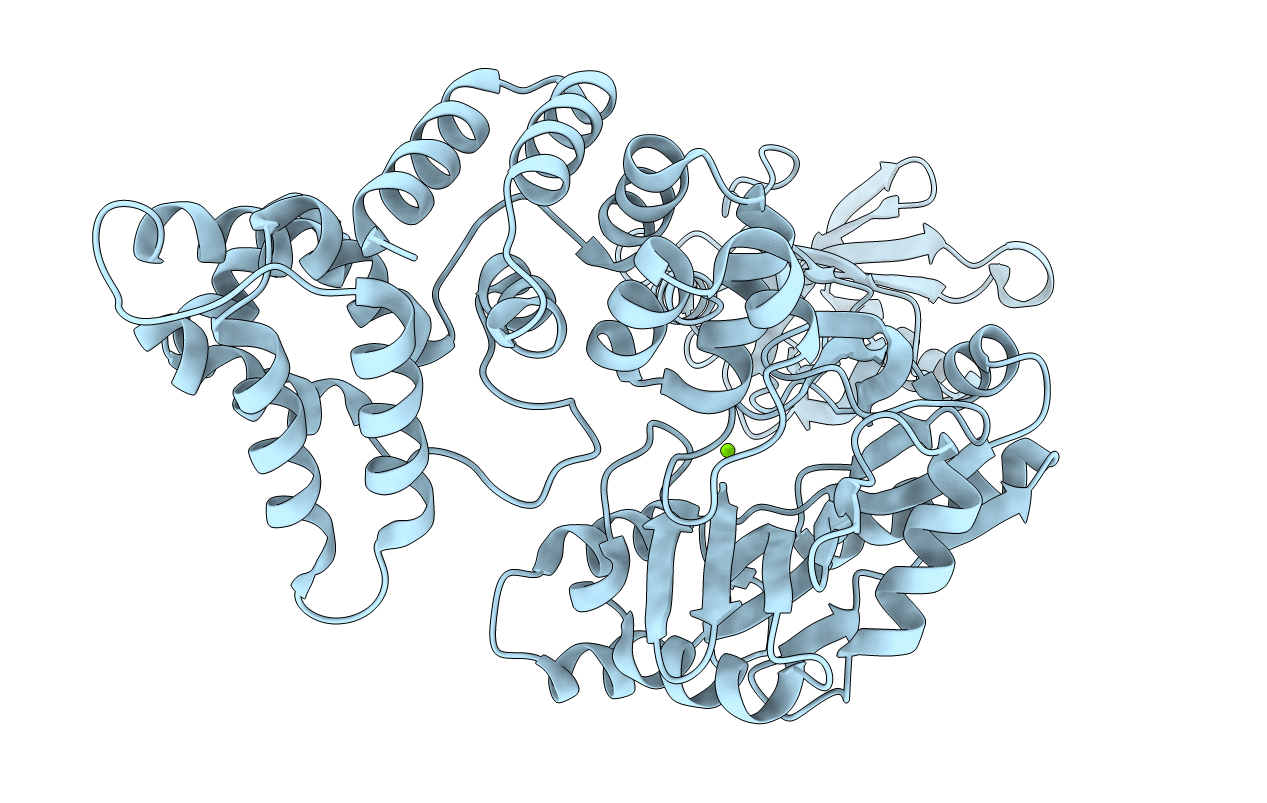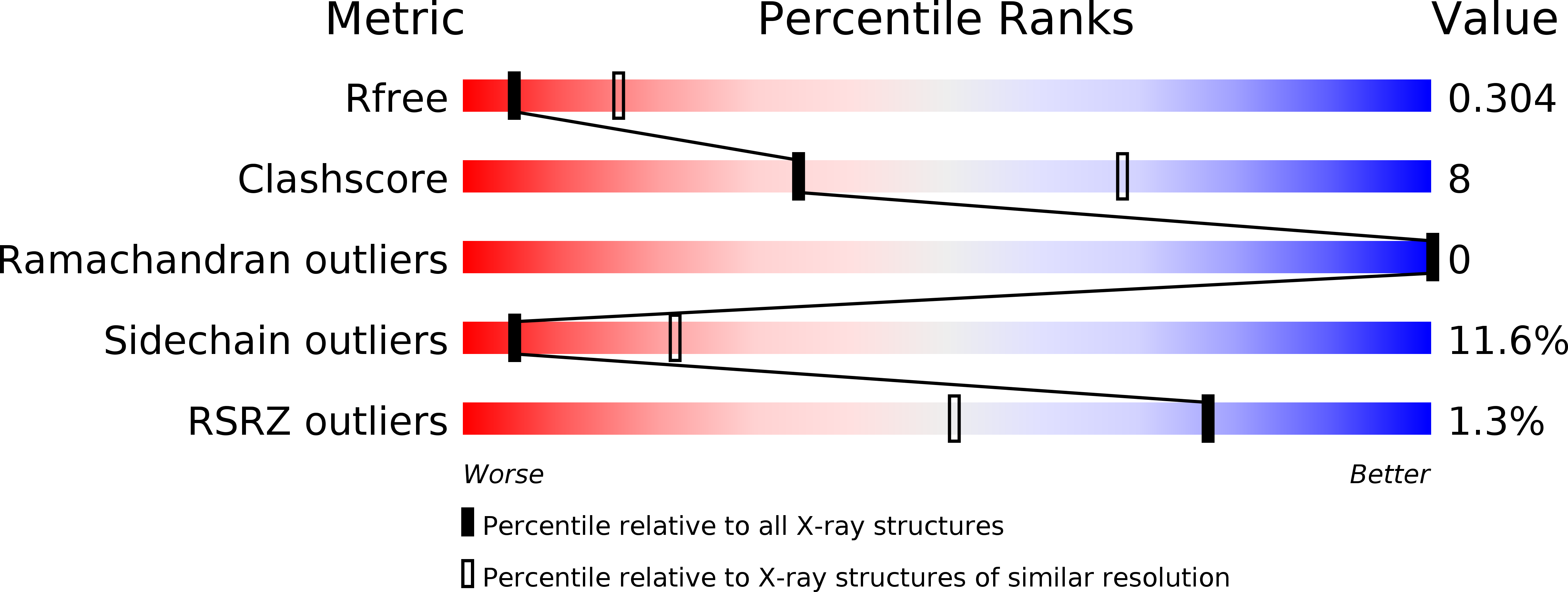
Deposition Date
2011-04-29
Release Date
2012-04-11
Last Version Date
2023-09-13
Entry Detail
Biological Source:
Source Organism:
Thermococcus sp. 1519 (Taxon ID: 619742)
Host Organism:
Method Details:
Experimental Method:
Resolution:
3.02 Å
R-Value Free:
0.30
R-Value Work:
0.23
R-Value Observed:
0.23
Space Group:
P 21 21 21


